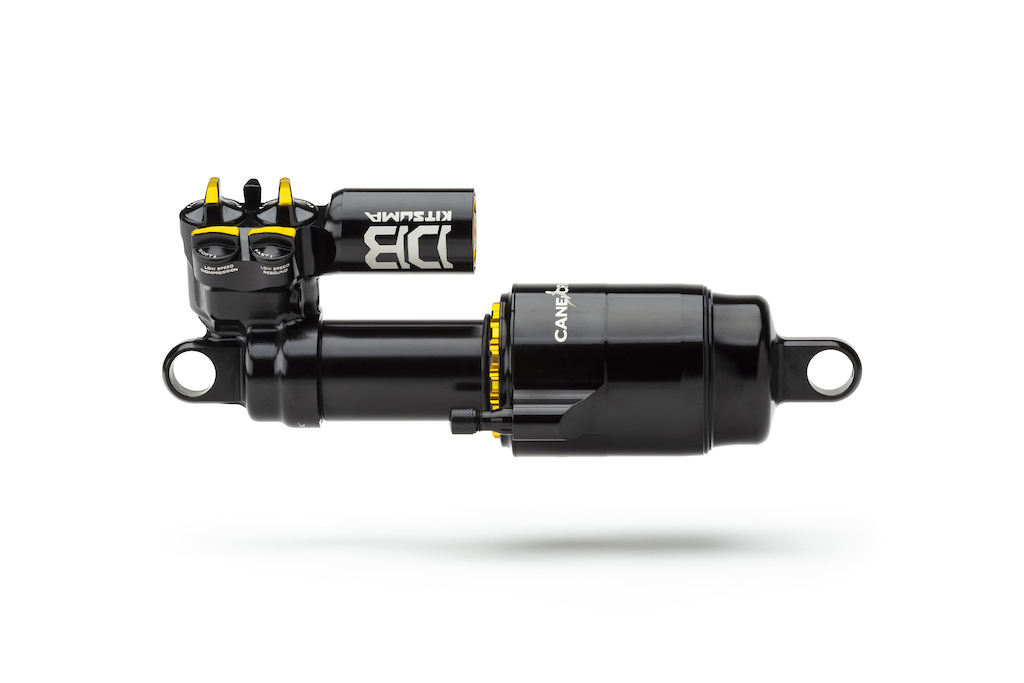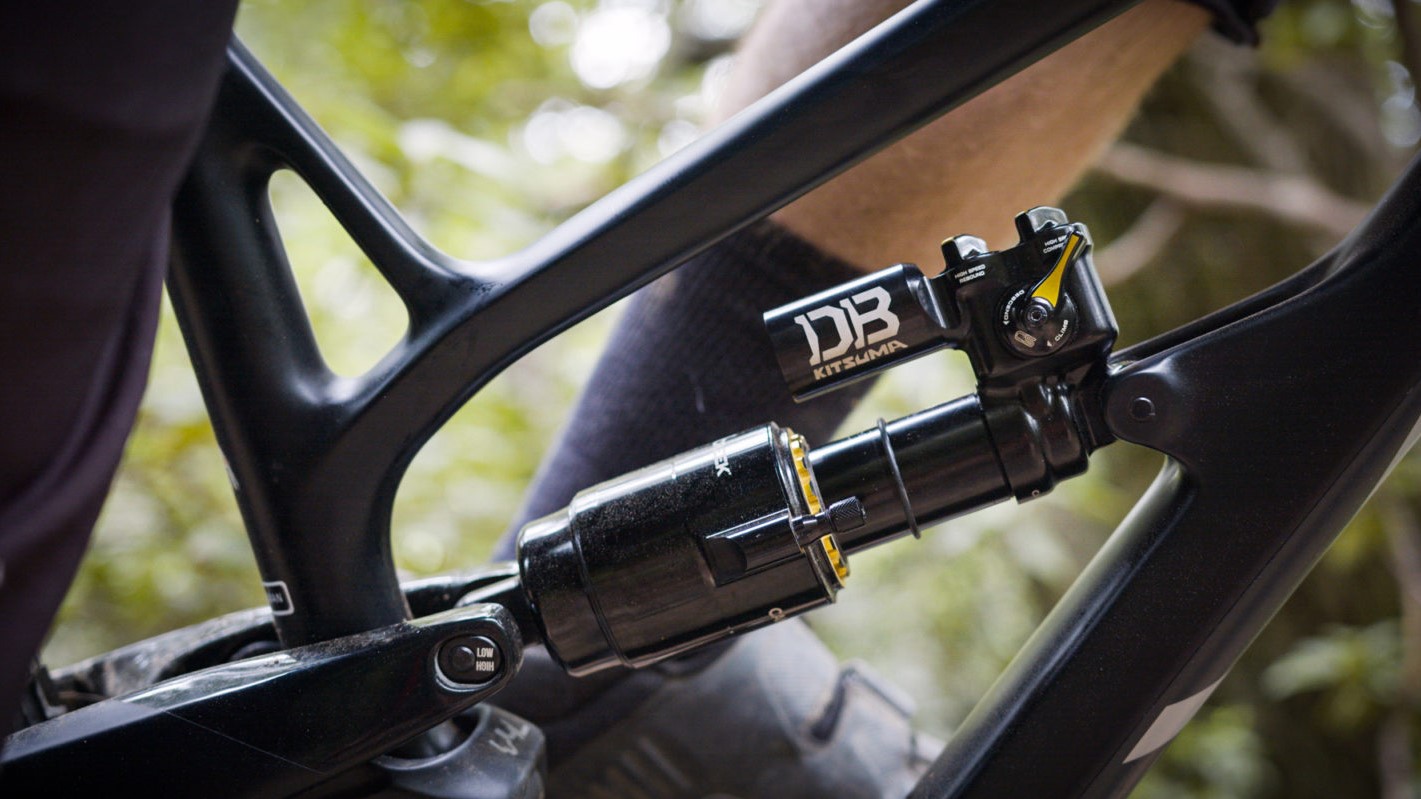Cane Creek's Kitsuma makes twin-tube tech more user friendly
The Cane Creek Kitsuma has all the benefits of a twin-tube damper with much less user complexity

Cane Creek announced a breakthrough in suspension usability with its new Kitsuma.
The American mountain bike brand was an early innovator of twin-tube damper technology, with its Double Barrel product line. Although those rear shocks have tremendous potential, they were often beyond the tuning ability of most amateur riders, which caused much frustration.
Twin-tube dampers allow for continuous oil flow and reduce cavitation, which delivers a more consistent damping performance when descending long trails.
If you are given to often riding a ten-minute black graded descent, you’ll know how a conventional mountain bike shock can start fading halfway through. Twin-tube air shocks perform better over a series of consecutive impacts than a monotube configuration, but they can be tricky to tune.
Easier to get it 'right'
With its new Kitsuma, engineers and industrial designers at Cane Creek have taken all the benefits of a twin-tube damper and made it much simpler to configure. Instead of requiring a size 3 Allen key tool to adjust the high- and low-speed compression and rebound circuits, you now merely turn an appropriate dial.
The sheer rate of high- and low-speed adjustability of Cane Creek’s suspension products could provide challenging for enthusiast mountain bikers to understand. Balancing both the compression and rebound circuits with such intricate adjustability proved frustrating to many.
Cane Creek’s engineers, industrial designers and product specialists realized that a simpler method of harmonizing their double-barrel shock technology was required. The improved ergonomics of its new DB Kitsuma is that solution.
The new dials have ‘firm/soft’ or ‘fast/slow’ directional indicators, telling you exactly what the result of rotating them will be, for either the compression or rebound circuit you are engaging. With fewer clicks, Cane Creek is promising more noticeable changes between settings and less frustration for those riders who seek superior performance, but don’t possess intricate suspension tuning awareness.

Beyond the vastly improved usability, Cane Creek has also managed to trim 16mm off the DB Kitsuma’s external reservoir, allowing better frame clearance for a broader selection of bike models. Internal friction is reduced by an improved oil piston, which is both ported and polished for superior responsiveness.
Aware that its customers are mostly enduro riders, who tax their suspension components with punishing descents, Cane Creek has added longer shaft bushing, larger quad rings and uncut redundancy rings to the DB Kitsuma’s innards – all with the aim of improved durability.
Cane Creek has been developing the twin-tube mountain bike shock for more than a decade. As frame design has matured to where bikes have the desirable kinematics to best leverage a twin-tube damper’s potential, more riders are finally realizing the value of this suspension design.
Priced at $699.99, the new DB Kitsuma is available in both air and coil configurations.

Lance Branquinho is a Namibian-born journalist who graduated to mountain biking after injuries curtailed his trail running. He has a weakness for British steel hardtails, especially those which only run a single gear. As well as Bike Perfect, Lance has written for MBR.com, Off-Road.cc and Cycling News.
